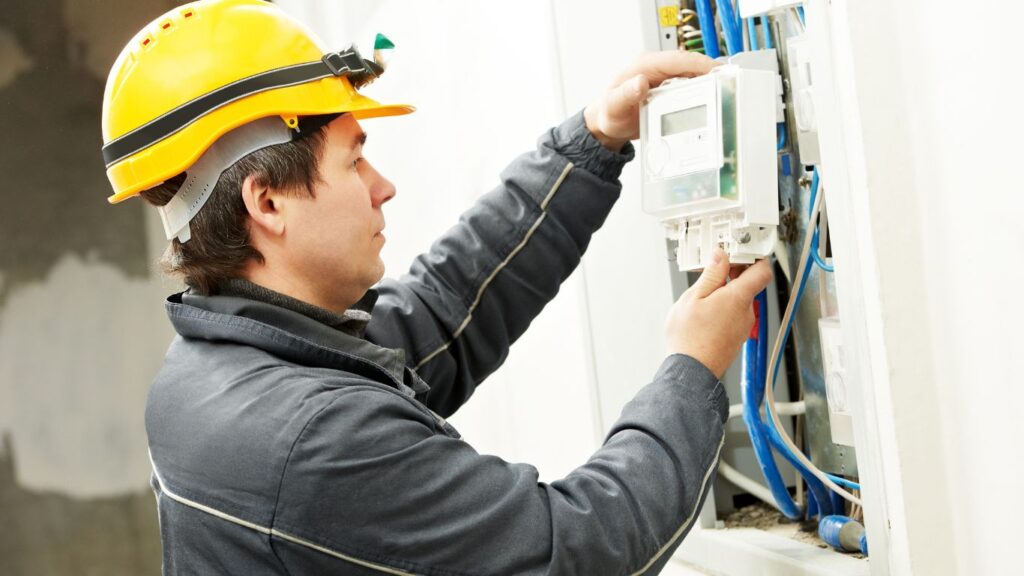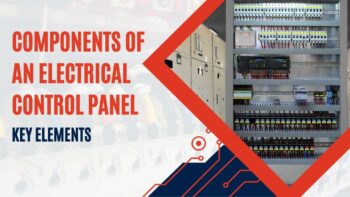Testing Techniques For Energy Management: Ensuring Accuracy And Optimization
Energy management is a crucial component for organizations and owners to consider. This is because energy is expensive, and it is in their best interest to use it efficiently. This allows a variety of benefits, including saving costs and reducing loads.
Energy management is a broad and complex subject, as energy consumption increases daily. People are extremely reliant on energy usage. So, the boundaries of energy management are always growing. In particular, electric energy boundaries continue to expand as electricity powers the world.
In this article, we will narrow down energy management exploration to testing techniques that can be used in the modern world. These techniques are used in everyday applications to benefit energy systems and any associated devices and machinery. Without further delay, let’s dive in.
What is energy management?

We must understand what exactly energy management is before exploring energy management techniques. Energy management involves tracking the use of energy within a facility or building. There are various ways to do so which we will dive into later. The tracking provides data that experts can analyze. This leads to insights into how energy is used throughout the building. They can then develop energy management solutions tailored around these insights that help improve efficiency and optimization within the facility.
In this way, improved energy management is achieved through energy management techniques.
Why are energy management techniques important?

Energy management is an aspect that top organizations and governments give special importance to. This begs the question: why are these energy management techniques so important? They are for the following reasons:
Cost Savings

Energy does not come cheap. It is usually generated by burning expensive natural resources that are depleting. Furthermore, electric energy boundaries continue to expand. This paves the need for reducing the costs of this energy generated. This is why innovations continue to be made to ensure that machinery is most energy-efficient. The purpose of energy management techniques is to reduce savings for organizations and governments. This increases financial stability and allows the saved money to be used as profit by businesses and other needs by city governments.
Improved Performance

Buildings and facilities comprise various machinery, components, and devices. They consume energy and perform necessary functions. Energy consumption causes heat generation that can damage them, leading to increased costs and the need for more maintenance. This is why energy management innovation is necessary. It enables experts to find ways this machinery will consume less energy. Less energy consumption leads to improved performance as the functionalities are performed with less energy consumed. Additionally, this allows facilities to use the energy saved for other functions that can improve the overall infrastructure.
Regulation and Standard Compliance
Various government agencies have energy management standards and regulations set out. These exist as a guideline for organizations, and they must follow them to ensure efficiency and less waste of energy. This is because various regions have their energy efficiency targets. They exist to help improve the economy, preserve the energy infrastructure, and improve environmental sustainability. Advanced energy management techniques enable organizations to remain within these guidelines.
What are testing techniques for energy management?
There are a variety of testing techniques available for energy management. Each of these techniques varies in its scope and the specific benefits that it provides. This is due to innovations in energy management that have led to different techniques being developed. However, these techniques aim to achieve accuracy and optimization in energy management. Here are some of them:
Energy Audits

Energy audits are official inspections conducted by an energy advisor or experts. They help evaluate the energy efficiency and layout of a commercial building, house, or facility. Owners and organizations usually conduct these to establish how effective their energy management is, any existing problems, and how improvements can be made.
Energy audits involve experts taking detailed accounts of all systems within the building that consume energy. This means they inspect the lighting, HVAC, machinery, etc. Furthermore, they also look at how airtight and insulated various aspects of the buildings. These aspects are important as they reduce heat flow and ensure that heating and cooling systems are used efficiently. This testing is usually done through an air leak test. This test uses a testing fan to blow wind and examine where the air leaks.
Lastly, energy auditors may also gather data through equipment specifications, bills, schedules, and other sources to get an idea of your energy usage. Once insights are collected through the audit, they provide energy management solutions and recommendations to you through careful analysis. This allows you to improve accuracy and optimization within your building or facility.
Energy Models

In this modern era of technology, various tools are available for energy management exploration. This includes incredibly advanced software that allows you to simulate even the most complicated of real-life models. Using modeling and simulation software, you can create specific energy systems or expand them and create all energy systems within a building. These simulations can allow you to examine and understand what is happening within these systems. This includes areas where inefficiencies or problems occur.
You can create these models before constructing or using them to understand how an existing system functions. After all, taking apart systems within a building is not always feasible. It can be expensive and may still not yield satisfying results. Therefore, simulations can be examined and altered until they are more efficient. Once a design has been finalized, it can be implemented in real life to help increase electric energy optimization.
Understanding that unexpected errors usually occur within real-life energy systems is important. These can be impossible to predict through simulation. These models are used to obtain an overall idea of functionality and to understand the inner workings rather than predict unexpected problems.
Installing Meters

There are a variety of meters available at electronic stores that can be used to measure various aspects of energy usage within a building. Traditionally, these meters are used to measure power consumption within homes and buildings to calculate energy bills. However, energy meters and data loggers can be installed at various levels within a facility. The installation specifics will depend on its layout and machinery.
For example, consider a factory with machinery dedicated to three tasks. This includes producing components, fixing components together to create a product, and packaging. Each section dedicated to tasks can have its series of energy meters and data loggers. These energy meters can be continuously monitored to understand usage, peak load periods, energy patterns, and other insightful data. In this way, each section can have its own energy profile to be examined. Energy management solutions can be tailored for each section.
This will allow better energy management and enable specific problems and inefficiencies to be diagnosed within each section. In this way, energy meters can be used to make decisions that help improve the future of energy management within a facility.
The bottom line
Energy management is an important aspect for owners and organizations to consider. This is because energy is expensive and created from important energy sources. Energy management helps address inefficiencies within a building and improve overall energy consumption. This provides a range of benefits, including reduced costs, better performance, sustainability, and regulation compliance. Various energy management techniques can help ensure accuracy and energy optimization.
We have looked at some important ones you can utilize, whether you own a home, facility, or commercial building. Doing so can help address energy inefficiencies and problems within your building related to energy consumption. Energy is a crucial component that allows various operations within a building function, so we recommend using these techniques.
We hope this article has been insightful and has helped you understand electric energy management strategies. For more related topic, click here Thank you for reading!










Leave a Reply